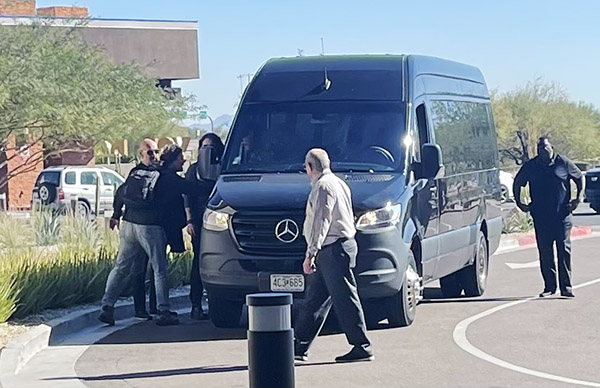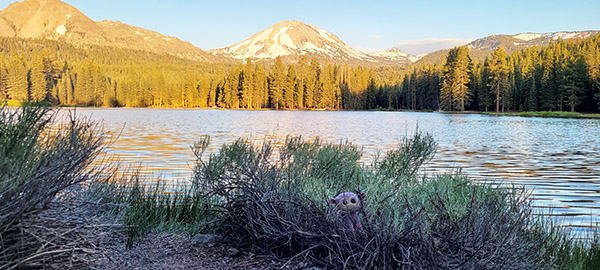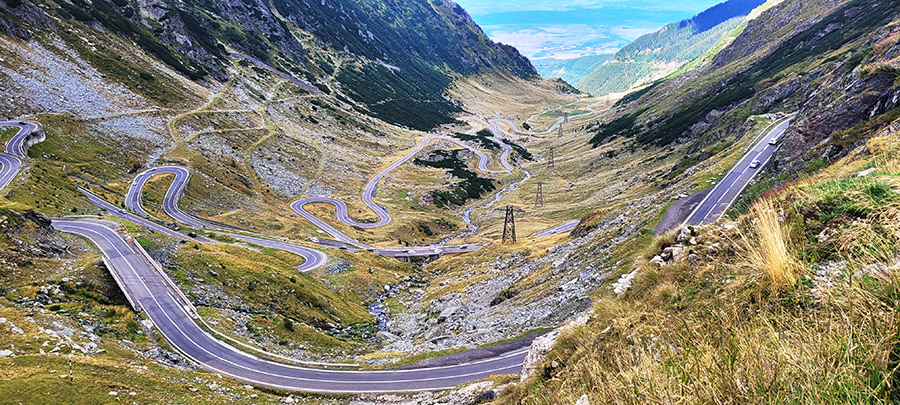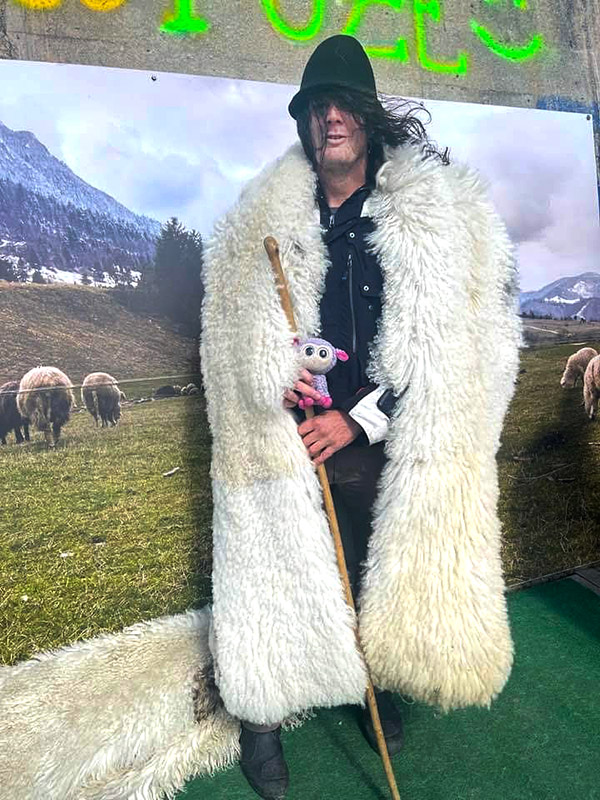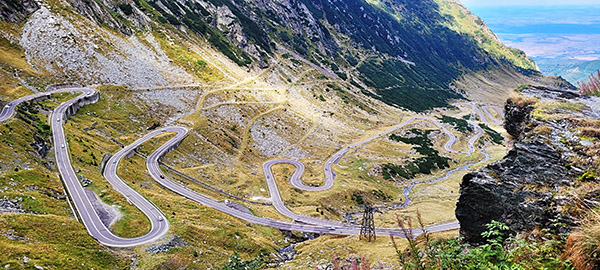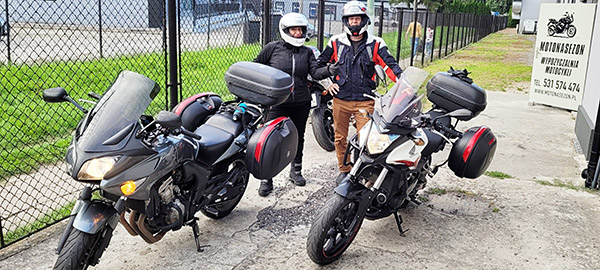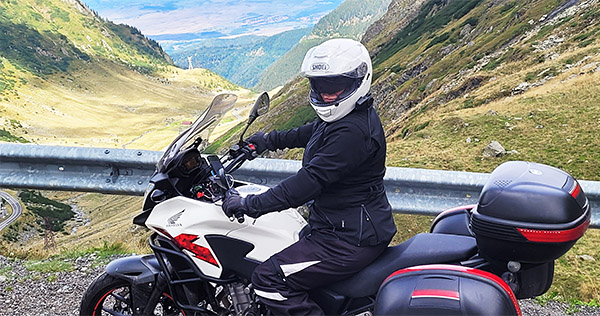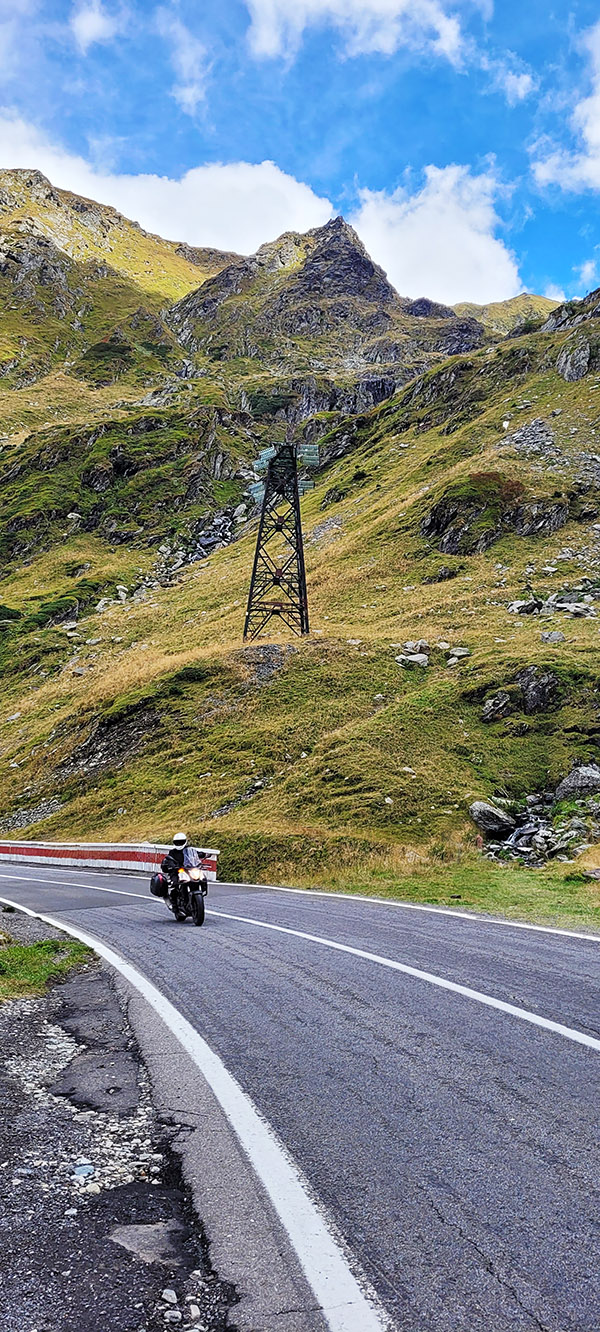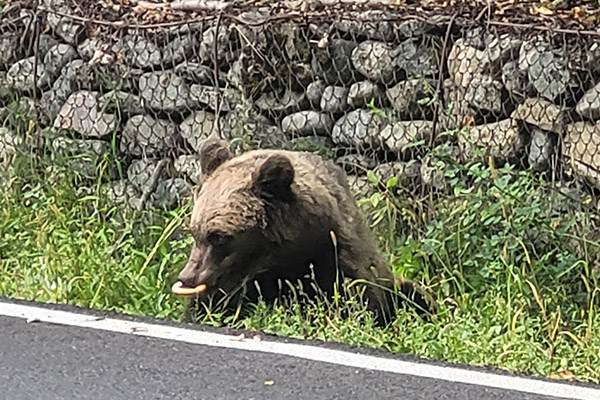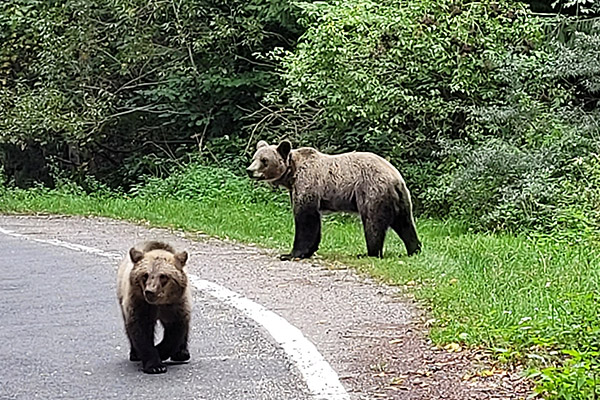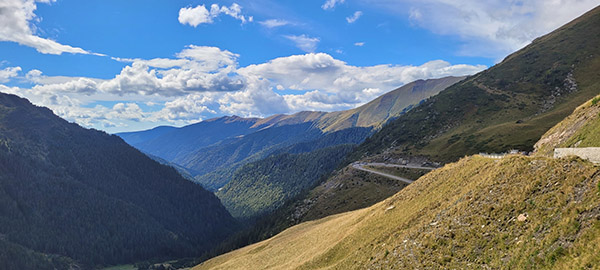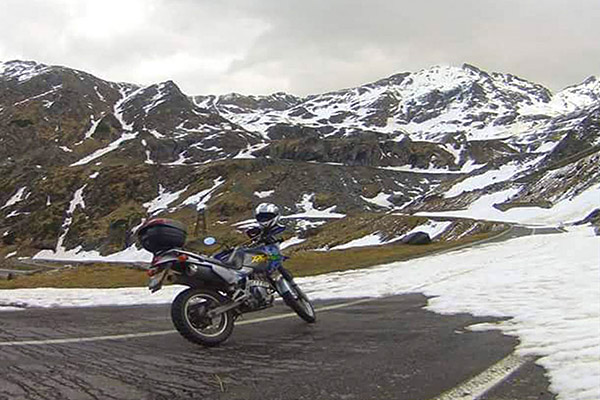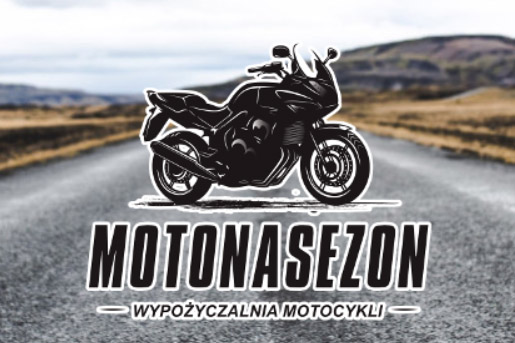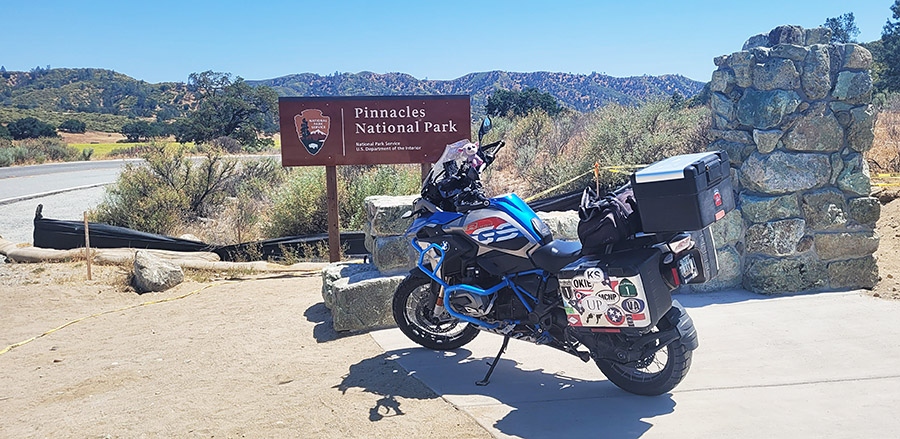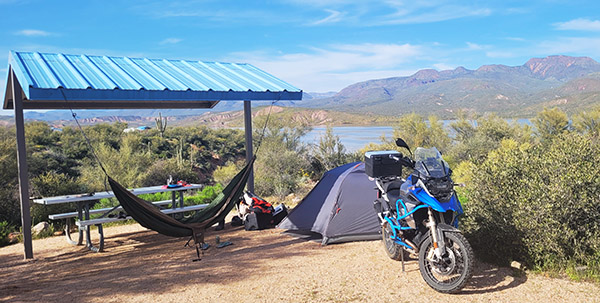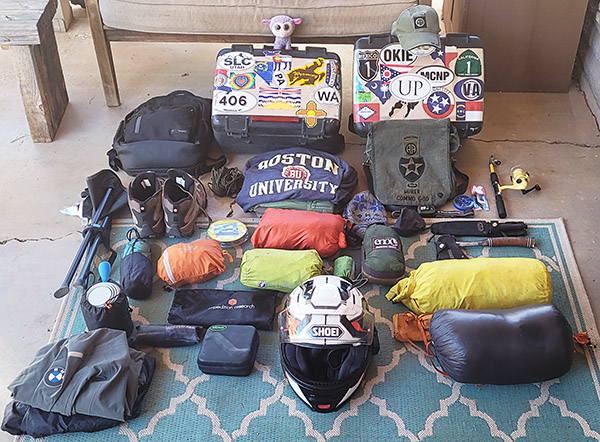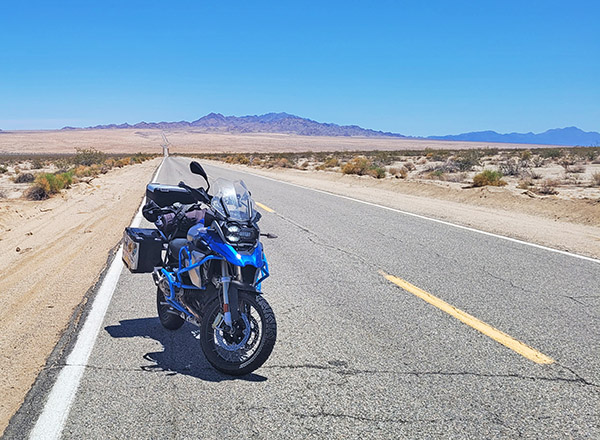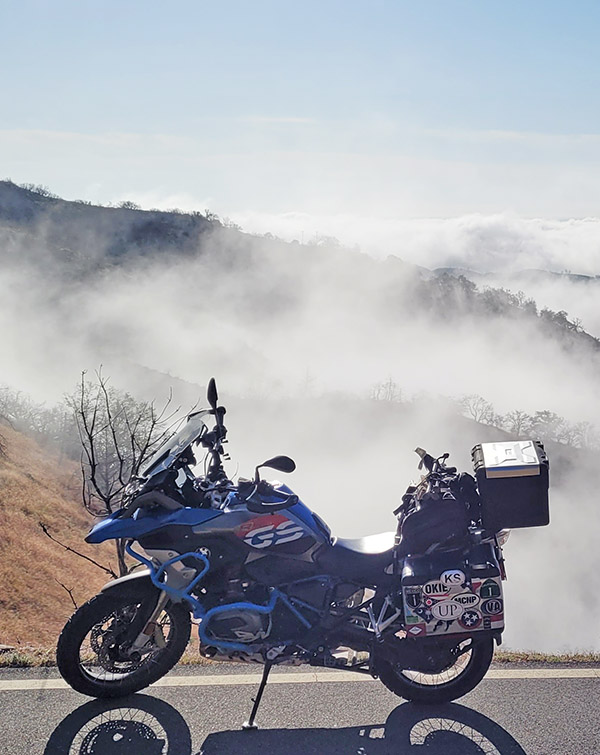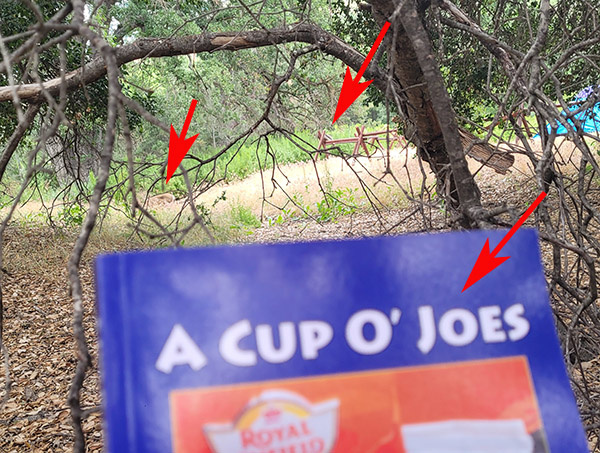By Mike Huber
Having recently turned 50 and even though I feel it has been a super intense and successful ride (I’m still alive, so I guess that’s a barometer for success), I felt myself falling into a rut. I was unfulfilled in my job and things were just…blah. A close friend of mine made this analogy: When things tend to go flat for me I come in the room and flip the table over and the game board and pieces go flying everywhere. Well, it was time to flip the table again, and to do it with authority.
My job had been a great vehicle in my life for college, certifications, and traveling the world, but it seemed to have broken down on a desolate desert road with radiator fluid spewing all over the cactus that surrounded it. My management and the leaders above me were spectacular, but I was stuck and having been there for 21 years, I felt it was time to move on. My boss, after laying others off, didn’t look too well as he prepared me for the news over a video call. I wanted to volunteer for the layoff and simply said, “Sir, this will be the easiest call you have all day.” I had a Cuban cigar and a glass of whiskey ready when I heard the numbers. I instantly knew I had made the right decision when I felt a massive weight lift off me.
What to do with my life now was the next question. It didn’t take me long to realize I should blast out on the bike to figure it out. While riding through Joshua Tree National Park I reflected on my time in Peru. I took a trip up the Amazon and at a friend’s suggestion I tried this mystical hallucinogenic drink called ayahuasca under the guidance of a Peruvian shaman. It was an intense experience (to say the least) and it was a solid restart of my entire system. I felt as though it was time for this sacred drink again.
After a 3-month ride to British Columbia (nothing is ever a direct route for me) and experiencing some failures with the motorcycle, I arrived at my friend’s retreat. Ayahuasca isn’t a pleasant experience for me. It is a lot of work. You face your true inner self, even if you don’t want to. This can be painful and ugly. It is intense. In my life, there are two things that scared me: Exiting an aircraft in flight and drinking ayahuasca. Everything else is manageable.
I was beyond nervous so I thought prior to arriving I would throw a few casts out to kill an hour or two. My first cast I caught a beautiful bass.
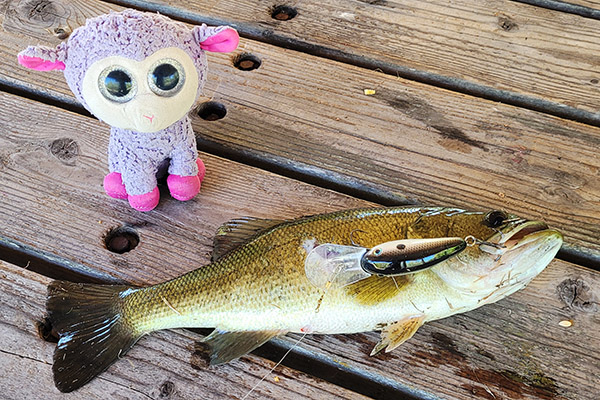
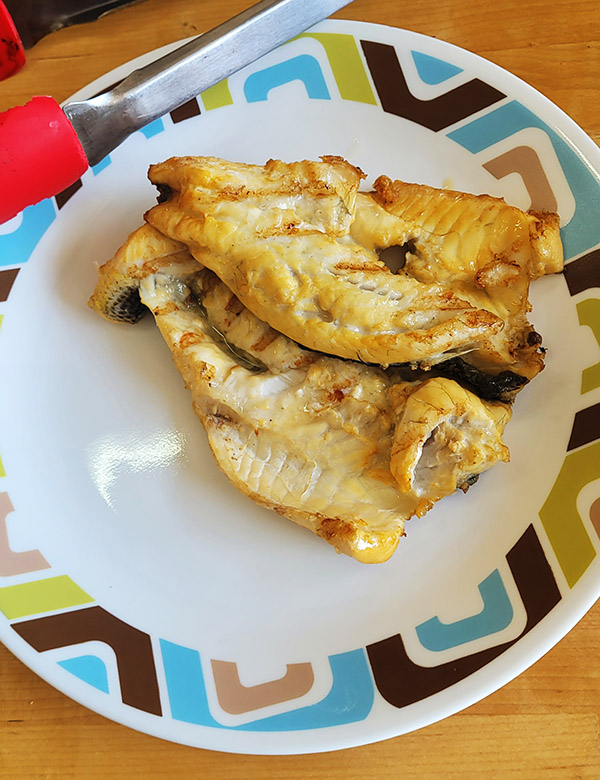
The preparation for these ceremonies was not something to be taken lightly. This includes a very strict diet of no processed food or alcohol, and meats limited to chicken, turkey, or fish. The bass was a perfect meal to share with my new friends.
I arrived on my semi-trusty BMW GS1200 (the semi part is an0ther story) and pitched my tent where I would sleep after the ceremonies. There were 11 others that would be drinking along with 2 practitioners overseeing the ceremony. It would take place at 20:00 (that’s 8:00 p.m.) in a yurt on a beautiful piece of land next to a large river. It was the perfect setting and time for me to be in this place.
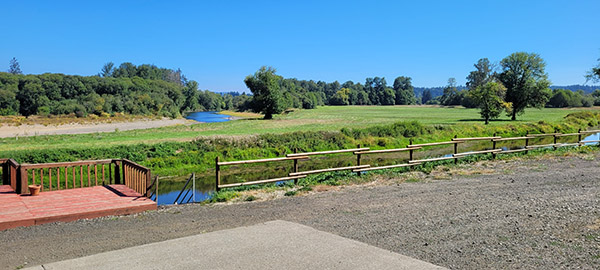
I was beyond scared to drink this medicine again, but I knew it would provide the life guidance I wanted. Having taken ayahuasca in Peru, I felt confident and familiar with the effects; however, I didn’t expect the impact it would have on me this time.
Never miss an ExNotes blog:

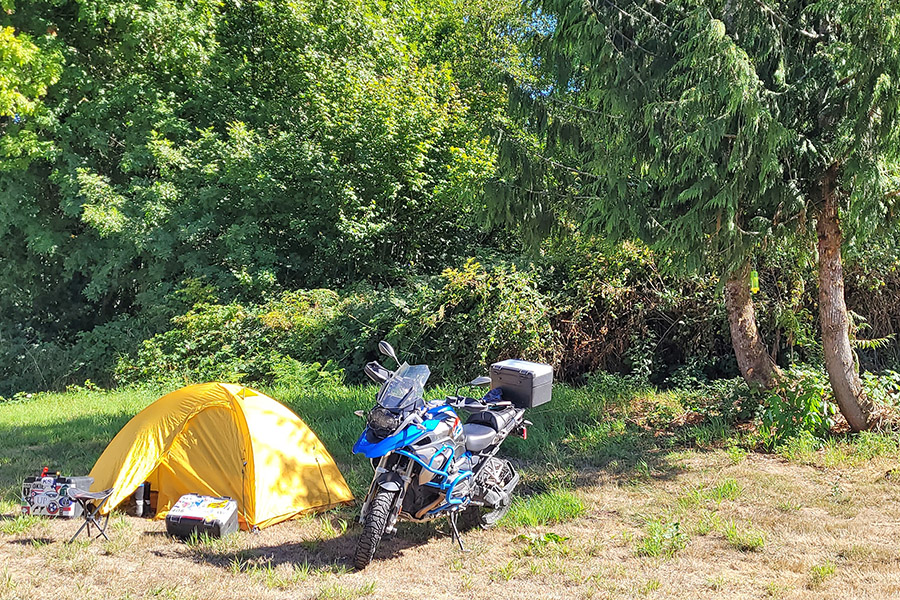


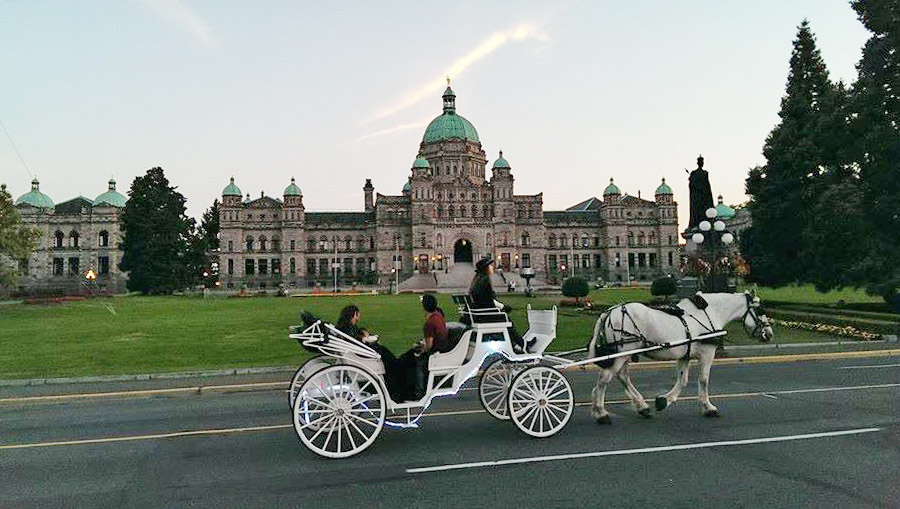
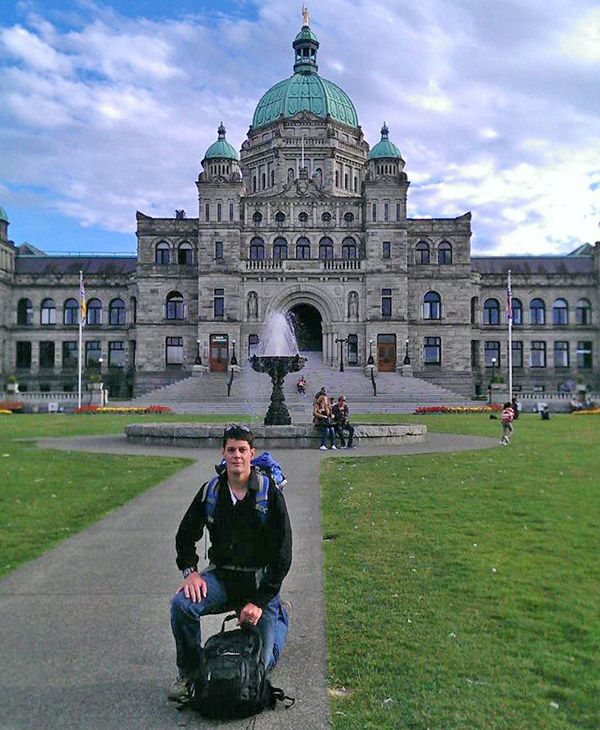 I wasn’t a big fan of the southeastern states and hadn’t really explored many of the western ones. Since the gray damp weather wasn’t something I wanted to deal with deciding to choose the Pacific Northwest probably wasn’t one of my better ideas, but I knew it wouldn’t be as cold in that area. I was still feeling the culture shock of returning to the United States and after living in South America, the busy stressful vibe of the United States wasn’t tolerable.
I wasn’t a big fan of the southeastern states and hadn’t really explored many of the western ones. Since the gray damp weather wasn’t something I wanted to deal with deciding to choose the Pacific Northwest probably wasn’t one of my better ideas, but I knew it wouldn’t be as cold in that area. I was still feeling the culture shock of returning to the United States and after living in South America, the busy stressful vibe of the United States wasn’t tolerable.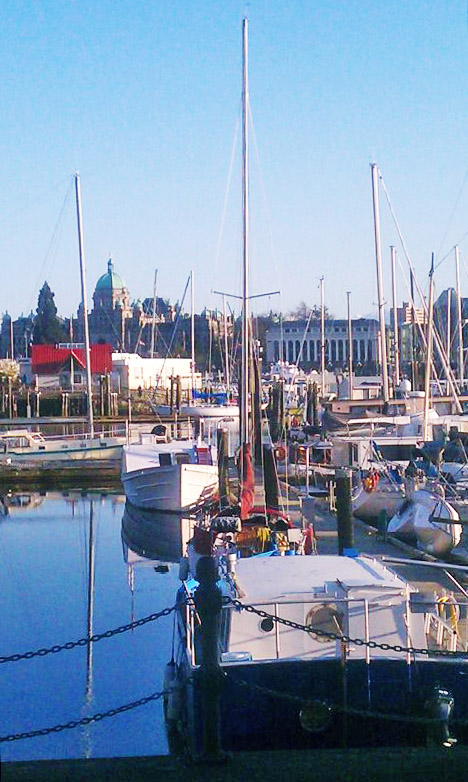
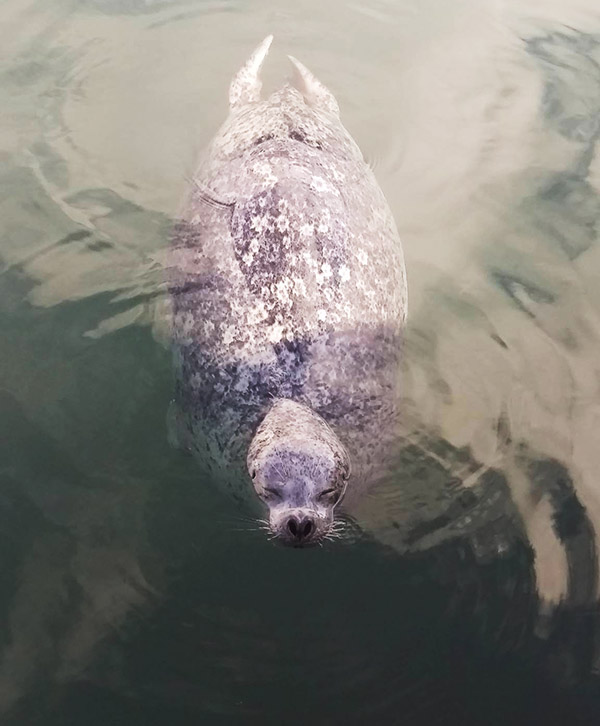
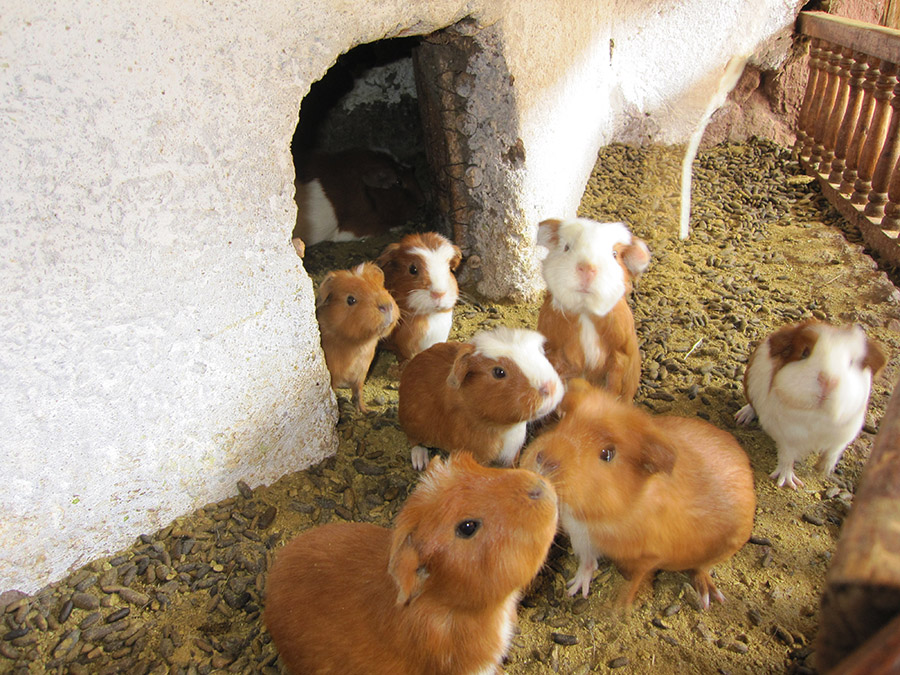
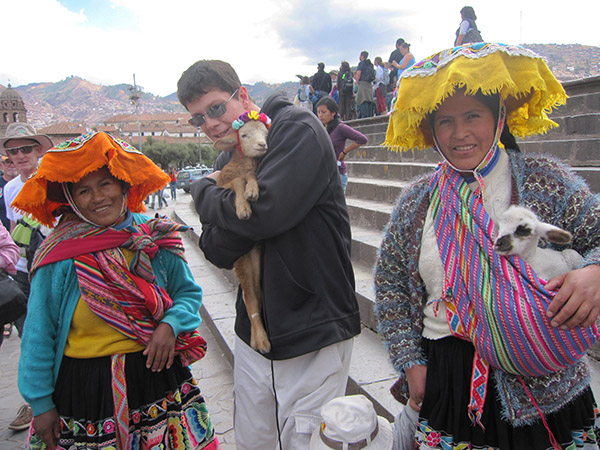
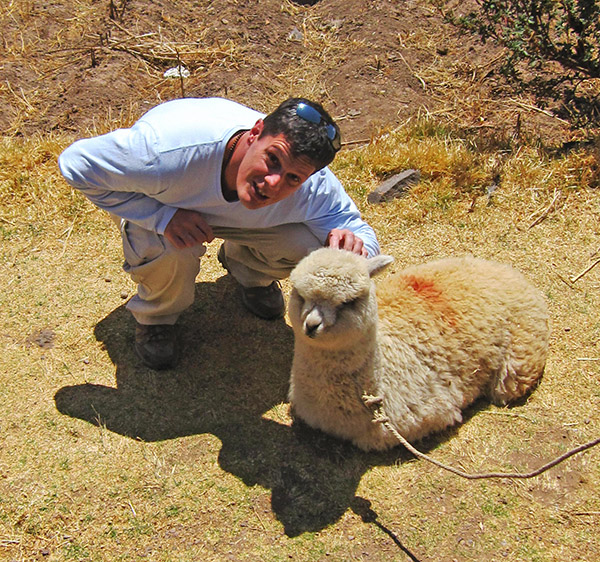
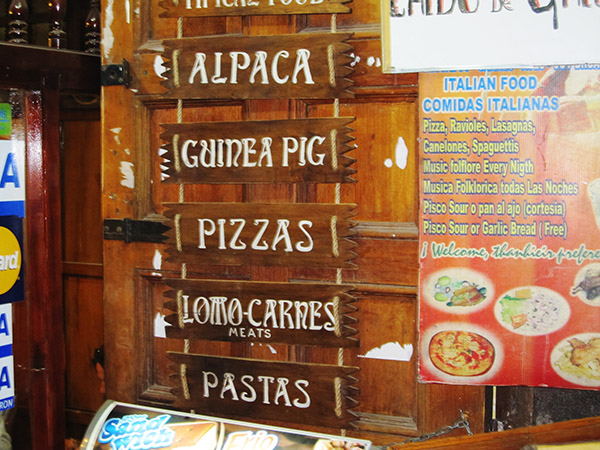


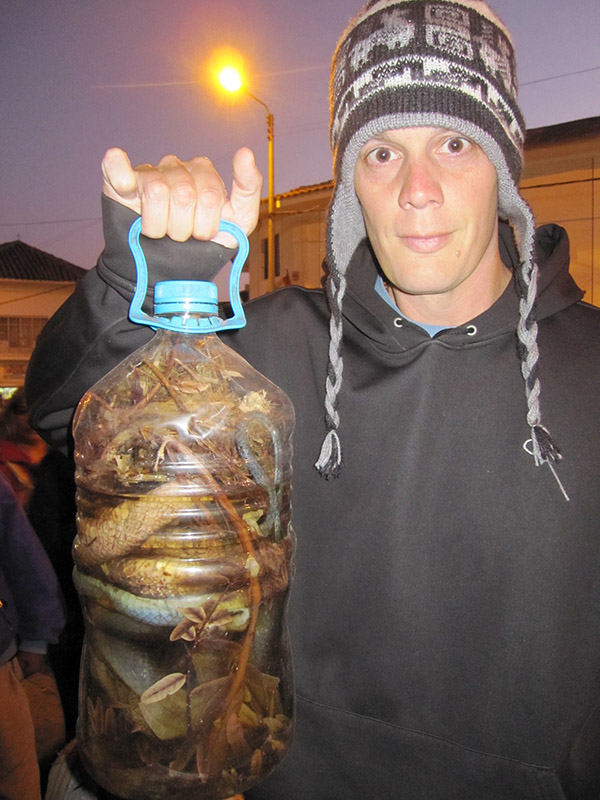
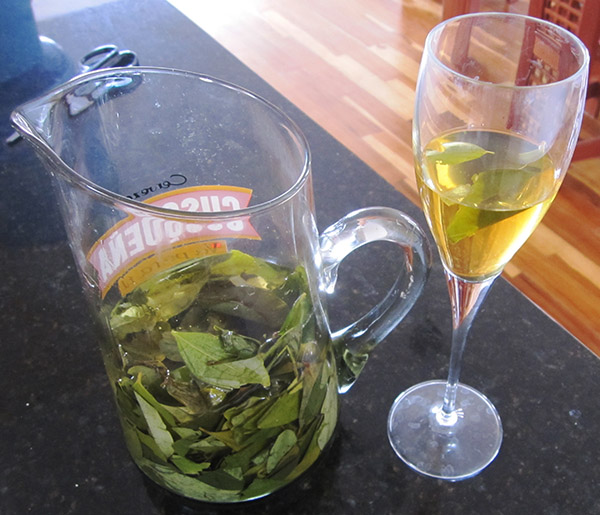

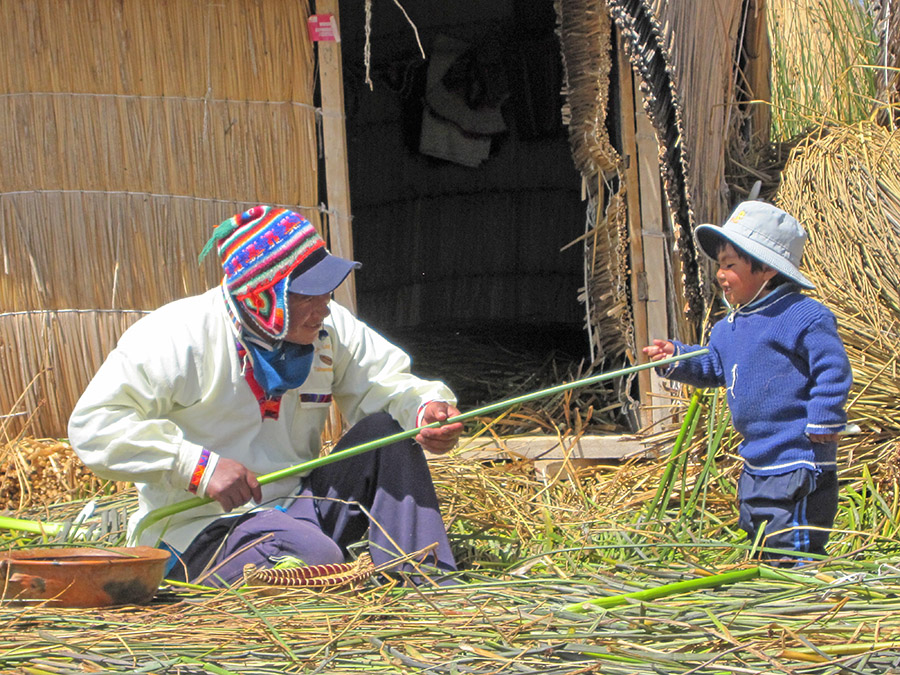
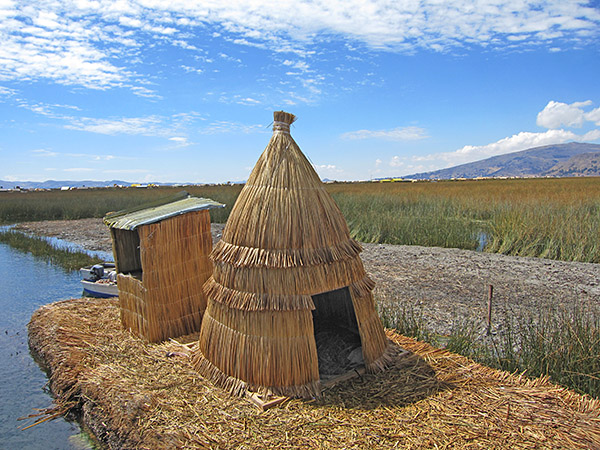 Having planned to use all my vacation time while in Peru, it wasn’t too difficult to load up on my work early in the week and take a four-day weekend to knock out Lake Titicaca (did I mention it has a funny name?). Allowing four days would provide me with enough time to take a leisurely tour bus to this region of Peru, get some hikes and tourist attractions in along the way, and then return on an overnight bus on Sunday. This would assure (hopefully) that I would make it to work on time Monday morning. Instilling project management principles usually results in a successful outcome. To me the planning of a project or a vacation followed the same rigid processes. Of course, the vacation ones always had a few surprises along the way that I would have to adjust to, but that’s part of the fun.
Having planned to use all my vacation time while in Peru, it wasn’t too difficult to load up on my work early in the week and take a four-day weekend to knock out Lake Titicaca (did I mention it has a funny name?). Allowing four days would provide me with enough time to take a leisurely tour bus to this region of Peru, get some hikes and tourist attractions in along the way, and then return on an overnight bus on Sunday. This would assure (hopefully) that I would make it to work on time Monday morning. Instilling project management principles usually results in a successful outcome. To me the planning of a project or a vacation followed the same rigid processes. Of course, the vacation ones always had a few surprises along the way that I would have to adjust to, but that’s part of the fun.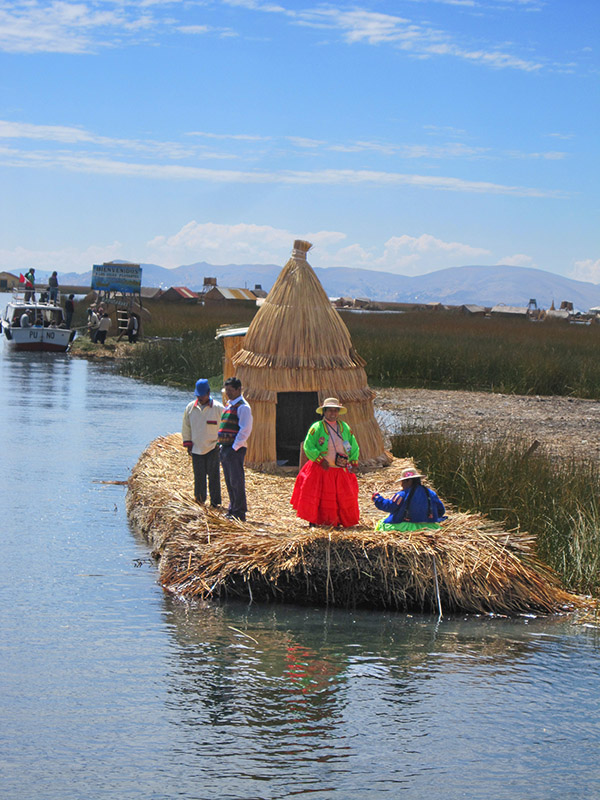
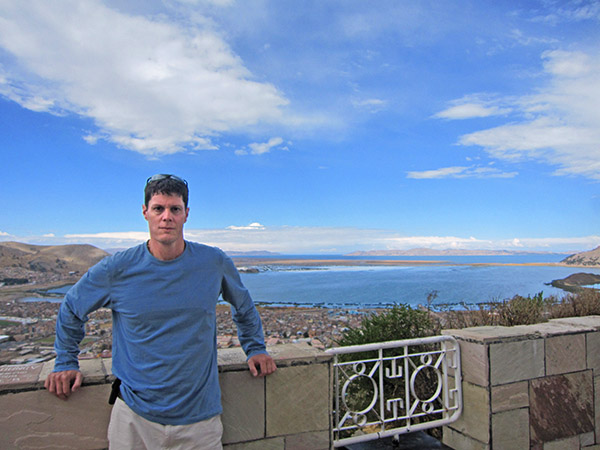
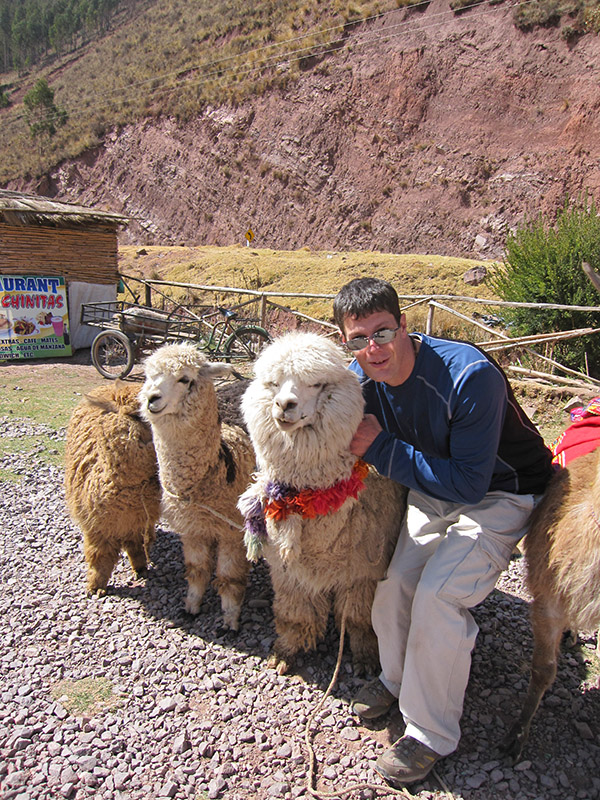
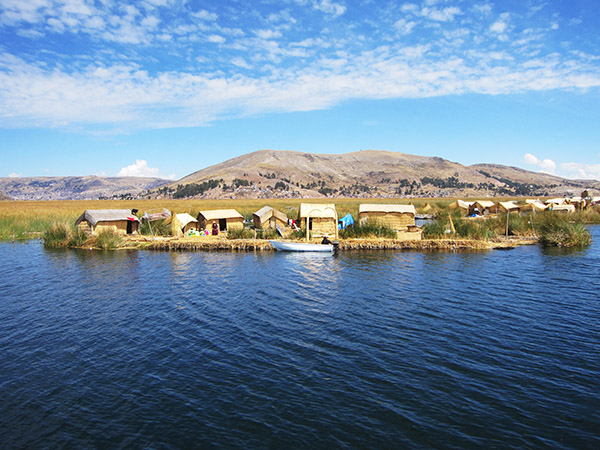
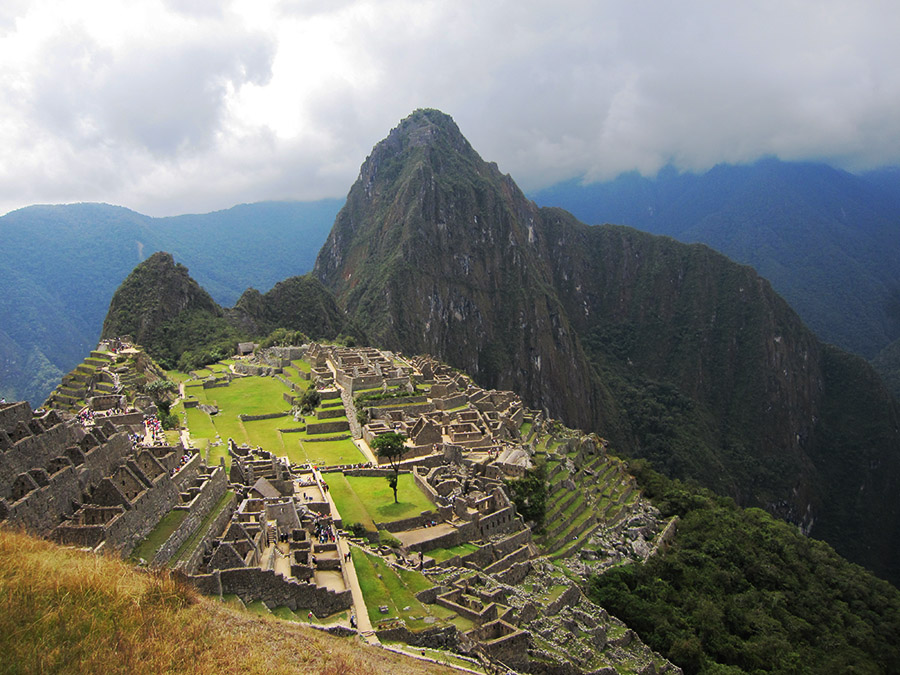
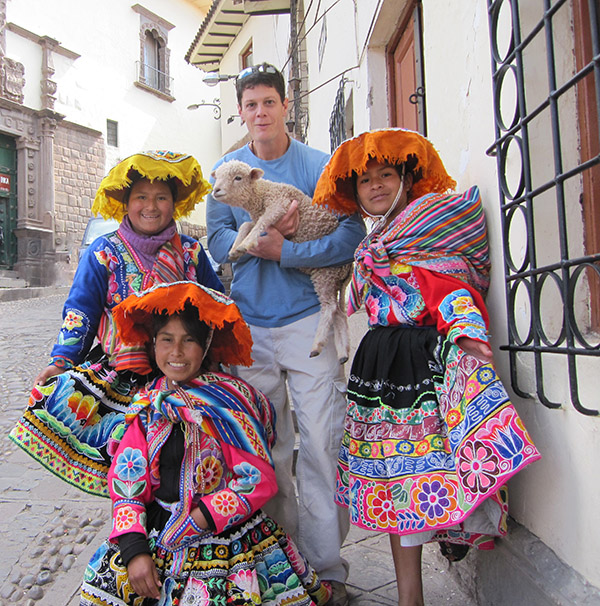
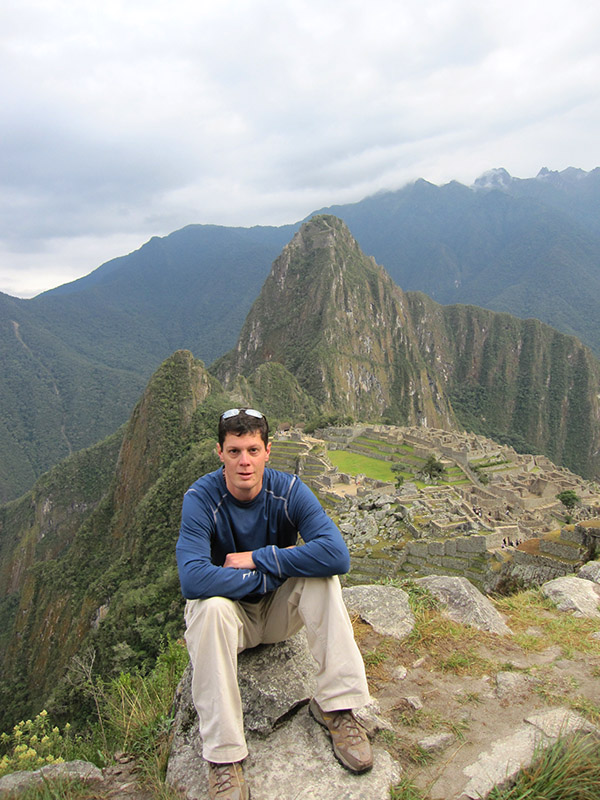
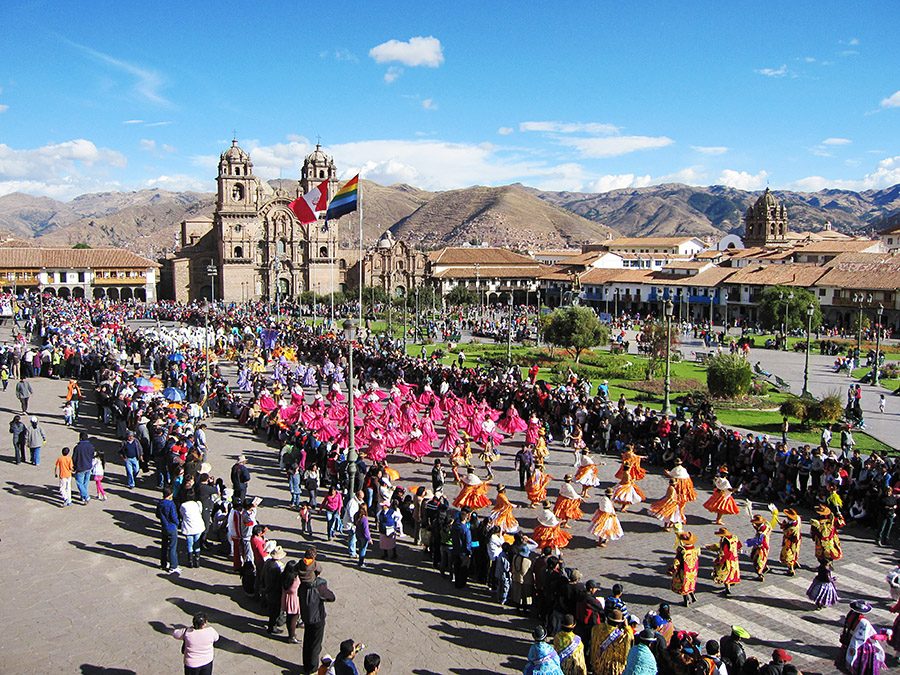
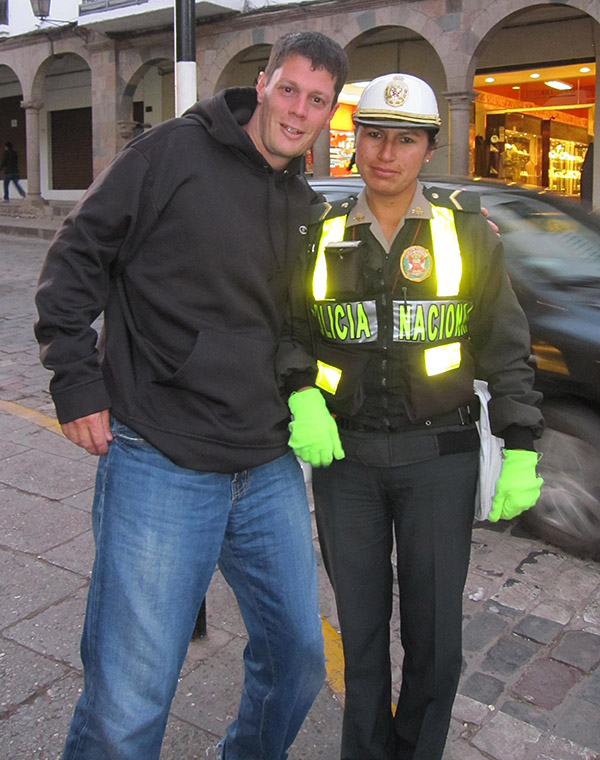 After only two days in Lima, I quickly learned this wasn’t the Peru I was looking for. It was just a large city, and cities weren’t where I would find the culture and experiences that would help me grow. Knowing this, I booked a 12-hour bus ride to Cusco. Surprisingly, I clearly hadn’t learned my lesson from the Nicaragua to Panama bus ride, but I figured the chances of a repeat performance of Fireproof being played nonstop were pretty slim.
After only two days in Lima, I quickly learned this wasn’t the Peru I was looking for. It was just a large city, and cities weren’t where I would find the culture and experiences that would help me grow. Knowing this, I booked a 12-hour bus ride to Cusco. Surprisingly, I clearly hadn’t learned my lesson from the Nicaragua to Panama bus ride, but I figured the chances of a repeat performance of Fireproof being played nonstop were pretty slim.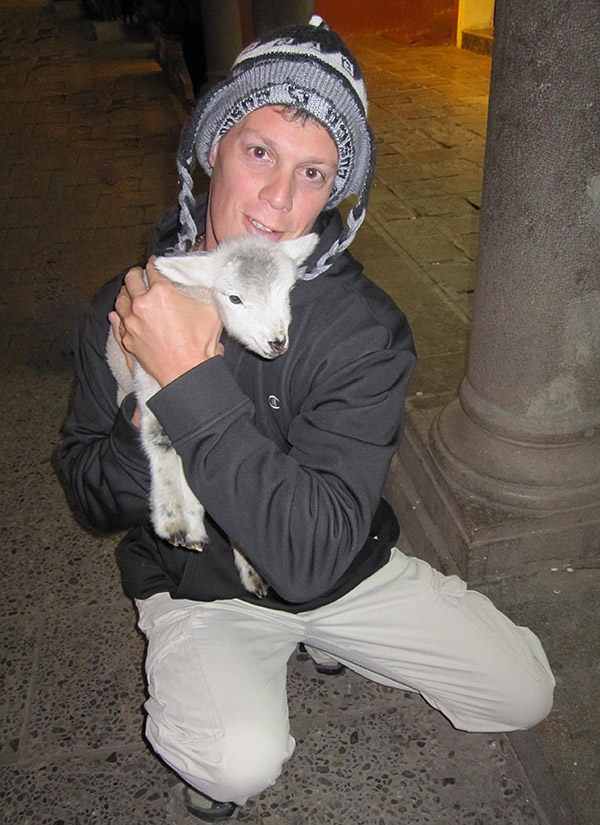
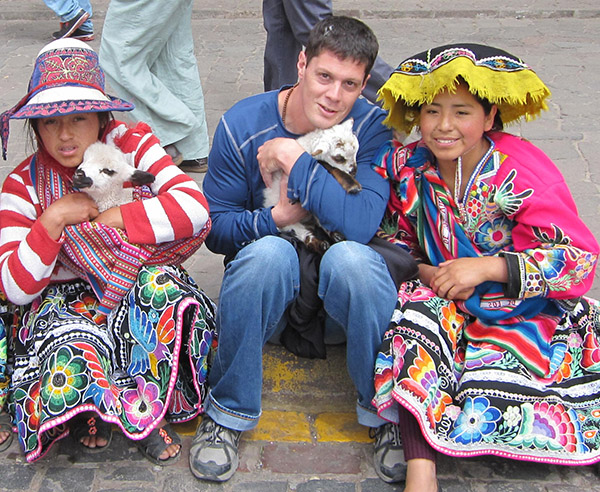
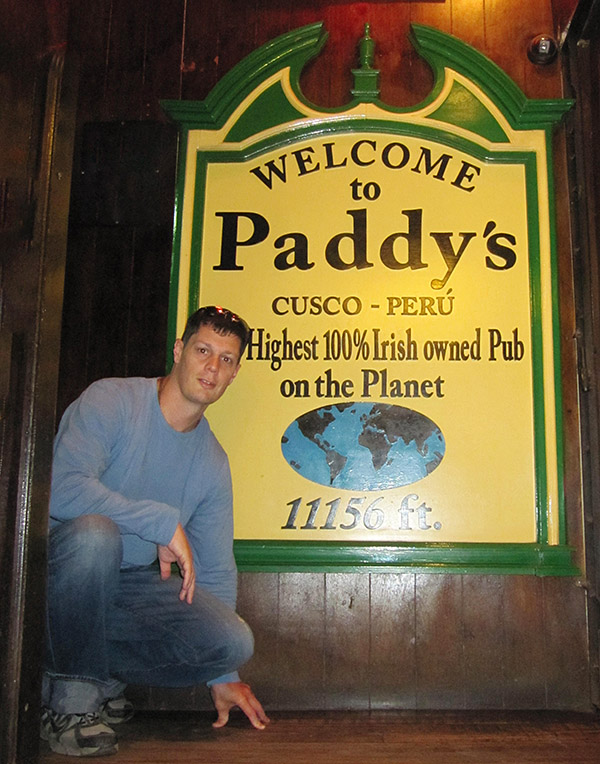
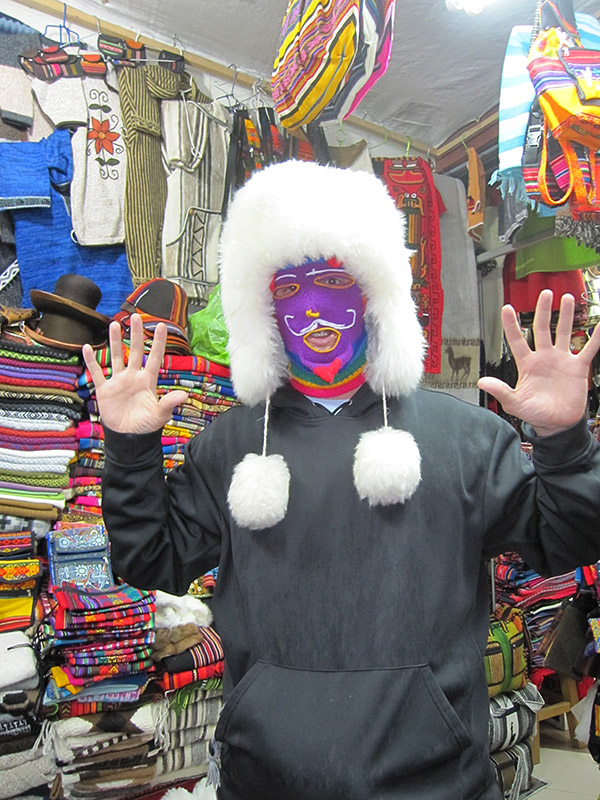
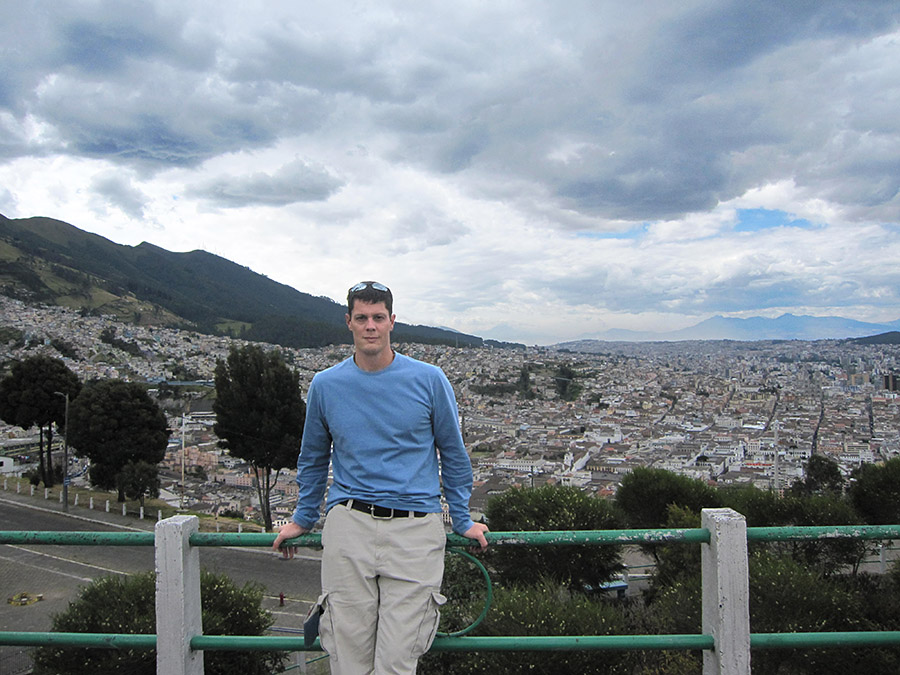
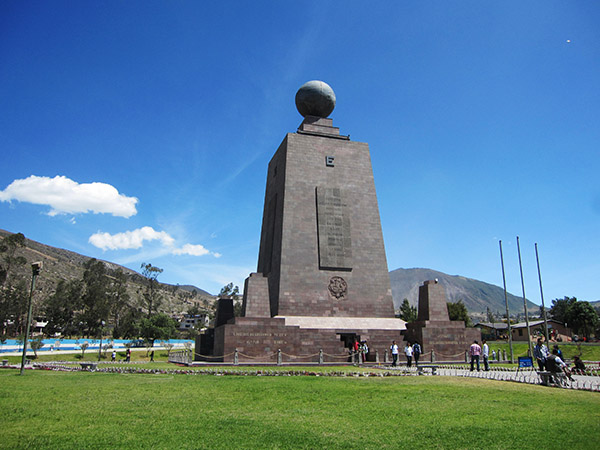 I adjusted to a routine of work and Spanish lessons during the weekdays and on weekends I would explore local hikes and rainforests. I was almost at the base of Cotopaxi, which technically is the highest mountain in the world as it is on the equator and bulges out more than Mt. Everest (if you’re one of those rare people that believe the Earth is round).
I adjusted to a routine of work and Spanish lessons during the weekdays and on weekends I would explore local hikes and rainforests. I was almost at the base of Cotopaxi, which technically is the highest mountain in the world as it is on the equator and bulges out more than Mt. Everest (if you’re one of those rare people that believe the Earth is round).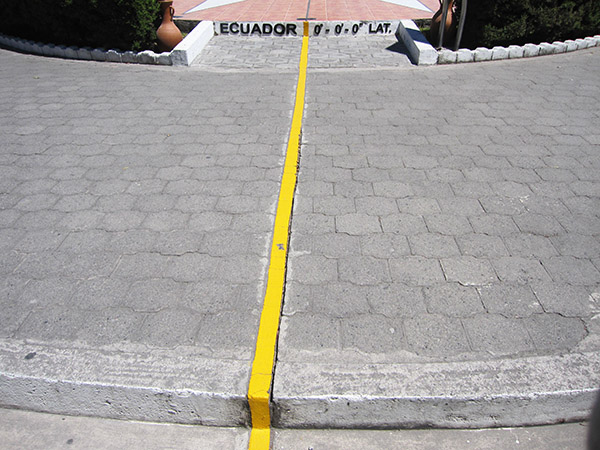
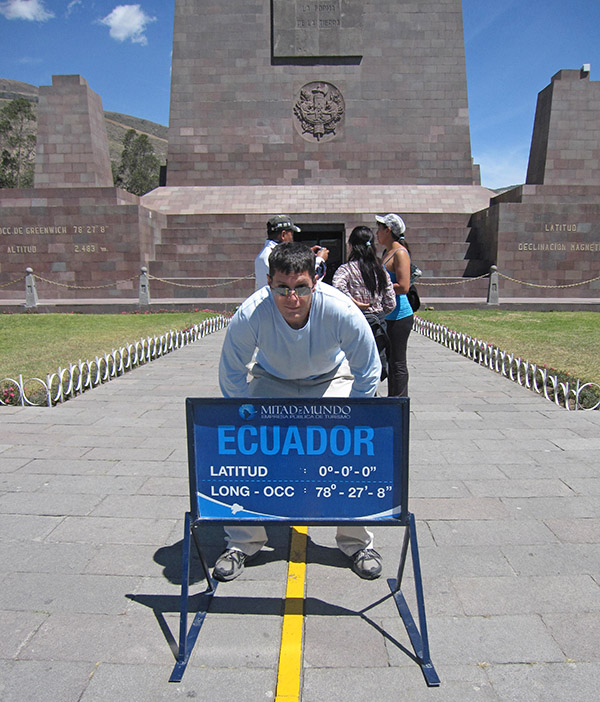
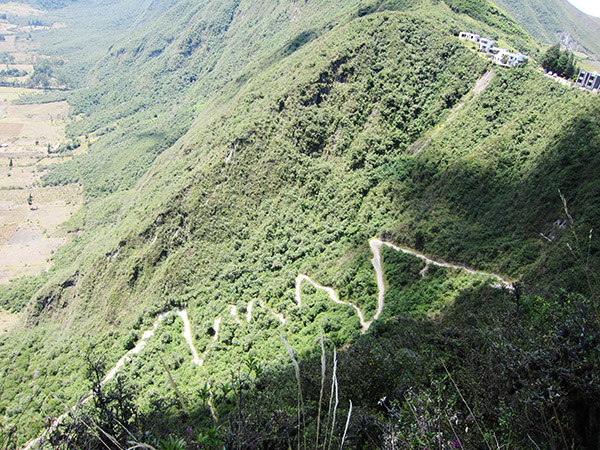
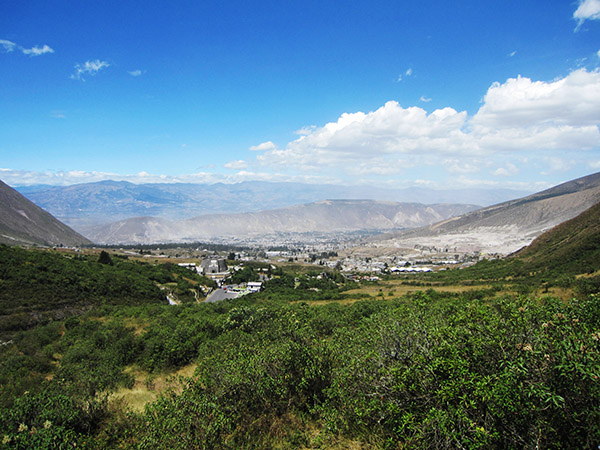
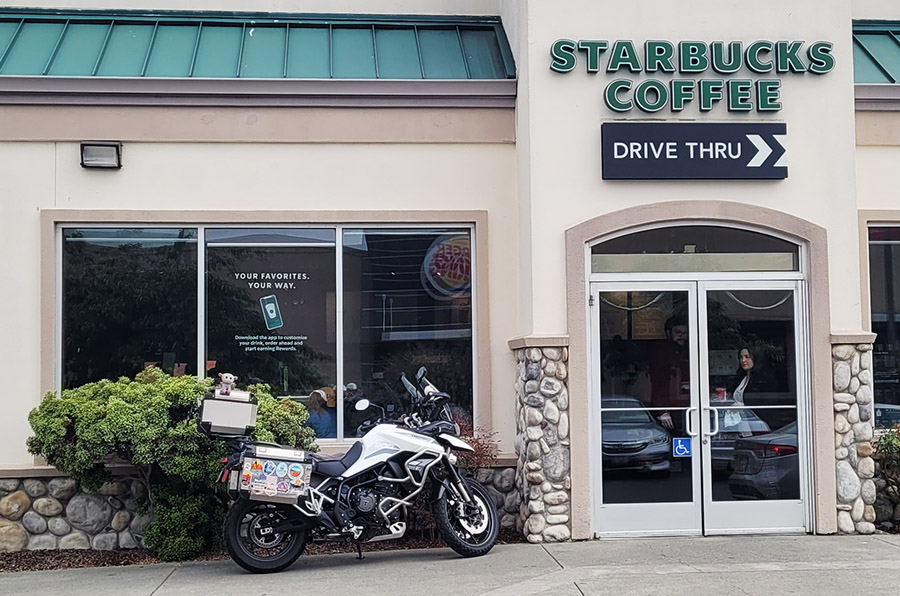
 I was excited to ride this portion of northern California but didn’t expect to be that impressed with the Triumph. Previously having test rode several Triumphs I was familiar with them. They are wonderful machines but they never really spoke to me or my riding style, so I steered towards Ducati or BMW. However, one of my favorite guitar players, Billy Duffy (from the band The Cult) is a HUGE Triumph rider. I had the pleasure of meeting him last November and being semi star struck. All I could mutter was “I am sorry I ride a BMW GS, but my girlfriend rides a Triumph, and oh yeah…you’re an incredible guitarist.” I guess there have been worse encounters with celebrities than that. He high fived me, we shook hands, and we had a laugh over my awkwardness (more him than myself I am sure). Anyway, back to the Triumph Tiger and Sasquatch hunting along Route 299.
I was excited to ride this portion of northern California but didn’t expect to be that impressed with the Triumph. Previously having test rode several Triumphs I was familiar with them. They are wonderful machines but they never really spoke to me or my riding style, so I steered towards Ducati or BMW. However, one of my favorite guitar players, Billy Duffy (from the band The Cult) is a HUGE Triumph rider. I had the pleasure of meeting him last November and being semi star struck. All I could mutter was “I am sorry I ride a BMW GS, but my girlfriend rides a Triumph, and oh yeah…you’re an incredible guitarist.” I guess there have been worse encounters with celebrities than that. He high fived me, we shook hands, and we had a laugh over my awkwardness (more him than myself I am sure). Anyway, back to the Triumph Tiger and Sasquatch hunting along Route 299.